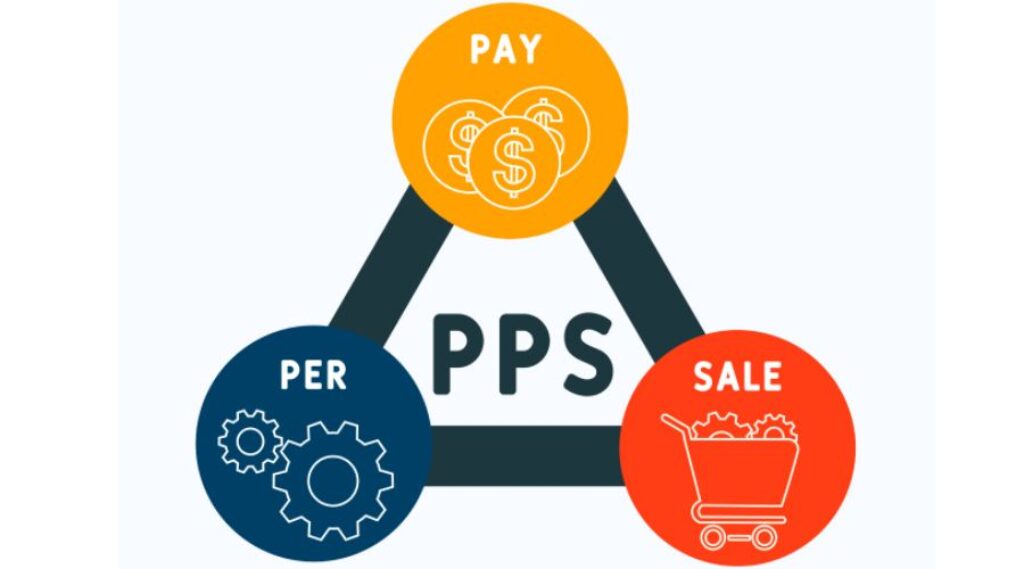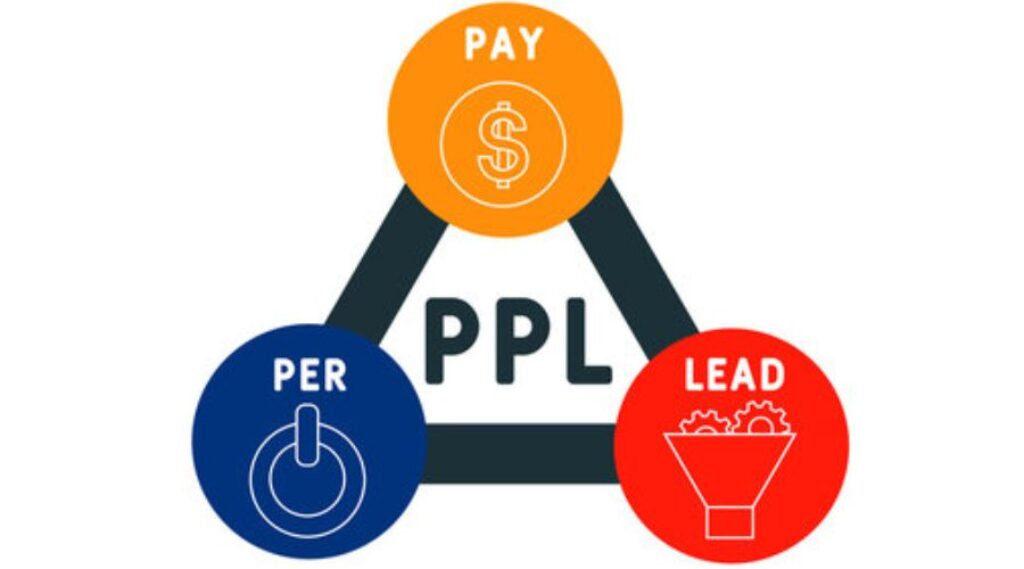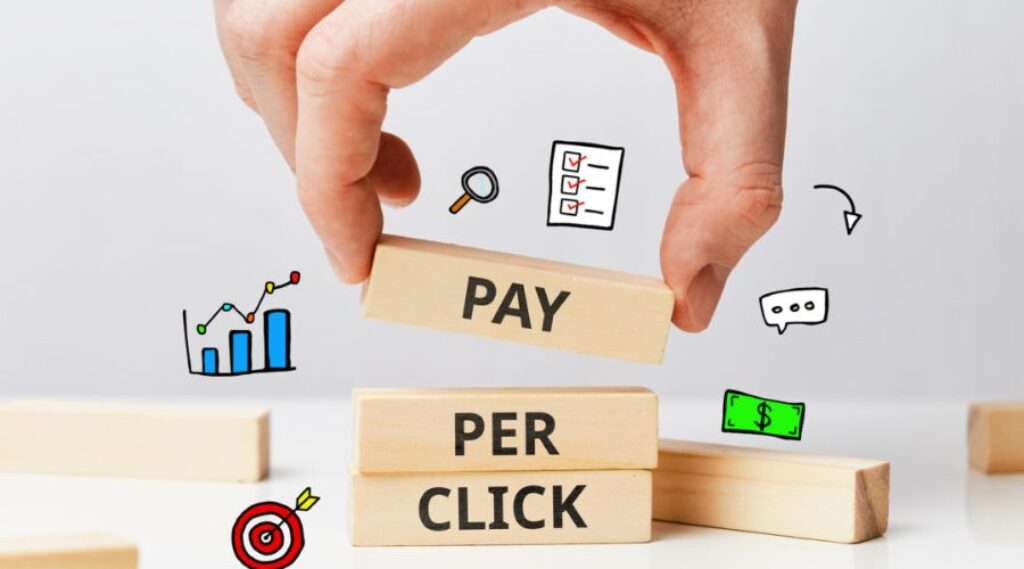
With the growing popularity of affiliate marketing, it’s important to understand the new commission models available for businesses and affiliates. Different marketing commission models include:
- Pay-per-scale.
- Pay-per-lead.
- Pay-per-click.
- Pay-per-impression.
- Two-tier commission.
- Recurring commission.
- Multi-level marketing.
- Cost-per-action.
Distinct advantages exist in these commission models, and you have to choose the best ones that align with your company’s goals.
Here are the top 5 models that will help you increase your earnings:
1. Pay Per Sale (PPS)

Being the most common affiliate marketing commission model, pay-per-sale helps affiliates earn commission every time a consumer purchases products and services through the referral link provided. A percentage of the sales price is paid to the affiliate, and it’s done only when the purchase is completed. It’s more apt for companies as they focus on the payments of successful conversions.
2. Pay Per Lead (PPL)

Under this affiliate commission model, payment is based on the lead generated by the company. The commission is received only when customers fill out a form, sign up for a trial, or complete a survey. The pay-per-lead commission rate may be lower than the pay-per-sale because the lead generation option provides a higher commission than sales.
3. Pay Per Click (PPC)

This affiliate commission model provides commission when a customer clicks the referral link. The company or affiliate doesn’t need to make sales or generate leads. Because of its easiest method, this affiliate commission model pays less than the PPS and PPL.
4. Pay Per Impression (PPI)

Also known as cost-per-mile (CPM), it is an affiliate commission model that provides commission when the impression is generated from the reference link. An affiliate doesn’t have to make a sale, create a lead, or receive a click to get payment under this model. The PPI commission rate is lower as comparing clicks and conversions is more straightforward.
5. Cost Per Action (CPA)

As per this affiliate commission model, the payment is made after the customer takes a specific action. It can be anything, from purchase to completing a form, signing up for a trial, or other. The action taken is valuable for the company; therefore, the CPA rate is much higher than the different commission models.
Conclusion
Understanding different affiliate commission models is critical to make a successful affiliate program. Businesses or affiliates who tailor their program accordingly to the needs and target audience. The chance of success increases, giving the program scalability and functionality. For more updates visit coupons 24×7.com.
FAQs:
Q1. Which three forms of affiliate marketing are the most common?
Ans: Affiliate marketing comes in three primary flavors: connected affiliate marketing, involved affiliate marketing, and unattached affiliate marketing.
Q2. Which approach works the best in affiliate marketing?
Ans: Here’s a closer look at the top affiliate marketing techniques for product promotion.
Pay-per-click (PPC), social media, blogging, videos, coupons, email marketing, and reviews are just a few available things.
Q3. Does everyday payment occur from affiliate marketing?
Ans: The wait period may extend to three months! On the other hand, some affiliate schemes pay daily with no limitations. They enable you to receive money either instantly or within a business day. In this manner, you accept payments whenever you choose.





